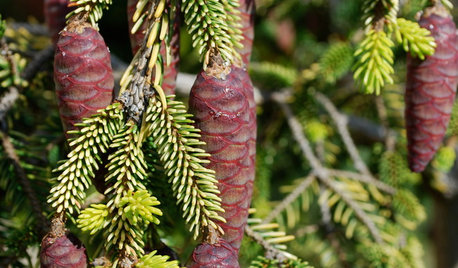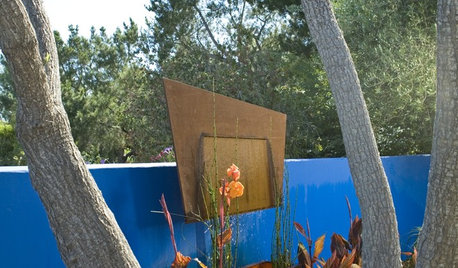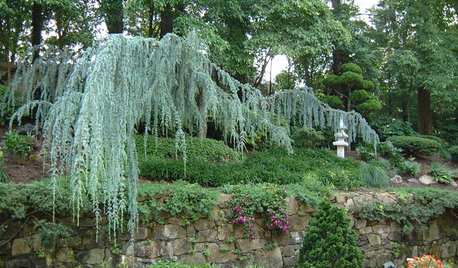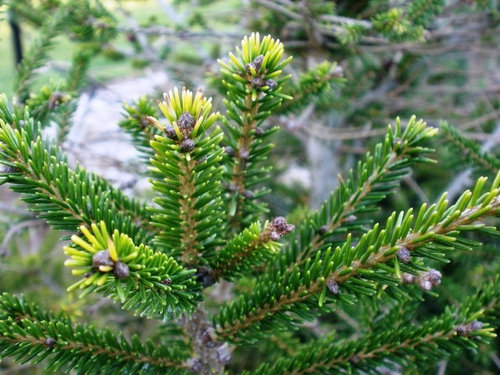Yellowing needles on Picea orientalis tips.
barbaraincalif
11 years ago
Related Stories

GARDENING GUIDESGreat Design Plant: Skylands Oriental Spruce, a Favorite Conifer
Brighten up a drab corner of your garden with Picea orientalis ‘Skylands’, a smaller spruce that a bird family might just call home
Full Story
GARDENING GUIDESHow to Go Bold With Summer Garden Color
Get dramatic color in your garden from summer through fall with these tips for plantings, furniture and backdrops
Full Story
PLANTING IDEASDesigning With Conifers: Exploring Color
Colorful, structural and adaptable, conifers are waiting to transform your garden
Full Story
FALL GARDENING6 Trees You'll Fall For
Don’t put down that spade! Autumn is the perfect time for planting these trees
Full Story











ken_adrian Adrian MI cold Z5
gardener365
Related Professionals
Tempe Landscape Architects & Landscape Designers · Barrington Hills Landscape Architects & Landscape Designers · Folsom Landscape Architects & Landscape Designers · Elgin Landscape Contractors · Hartford Landscape Contractors · Edmond Landscape Contractors · Apollo Beach Landscape Contractors · Beachwood Landscape Contractors · Columbine Landscape Contractors · El Reno Landscape Contractors · Longview Landscape Contractors · Natick Landscape Contractors · Salem Landscape Contractors · Salmon Creek Landscape Contractors · Setauket-East Setauket Landscape ContractorsbarbaraincalifOriginal Author
monkeytreeboy15
David Olszyk, President, American Conifer Society
barbaraincalifOriginal Author
cryptomeria
ken_adrian Adrian MI cold Z5
gardener365
outback63 Dennison
barbaraincalifOriginal Author
alley_cat_gw_7b
outback63 Dennison
barbaraincalifOriginal Author